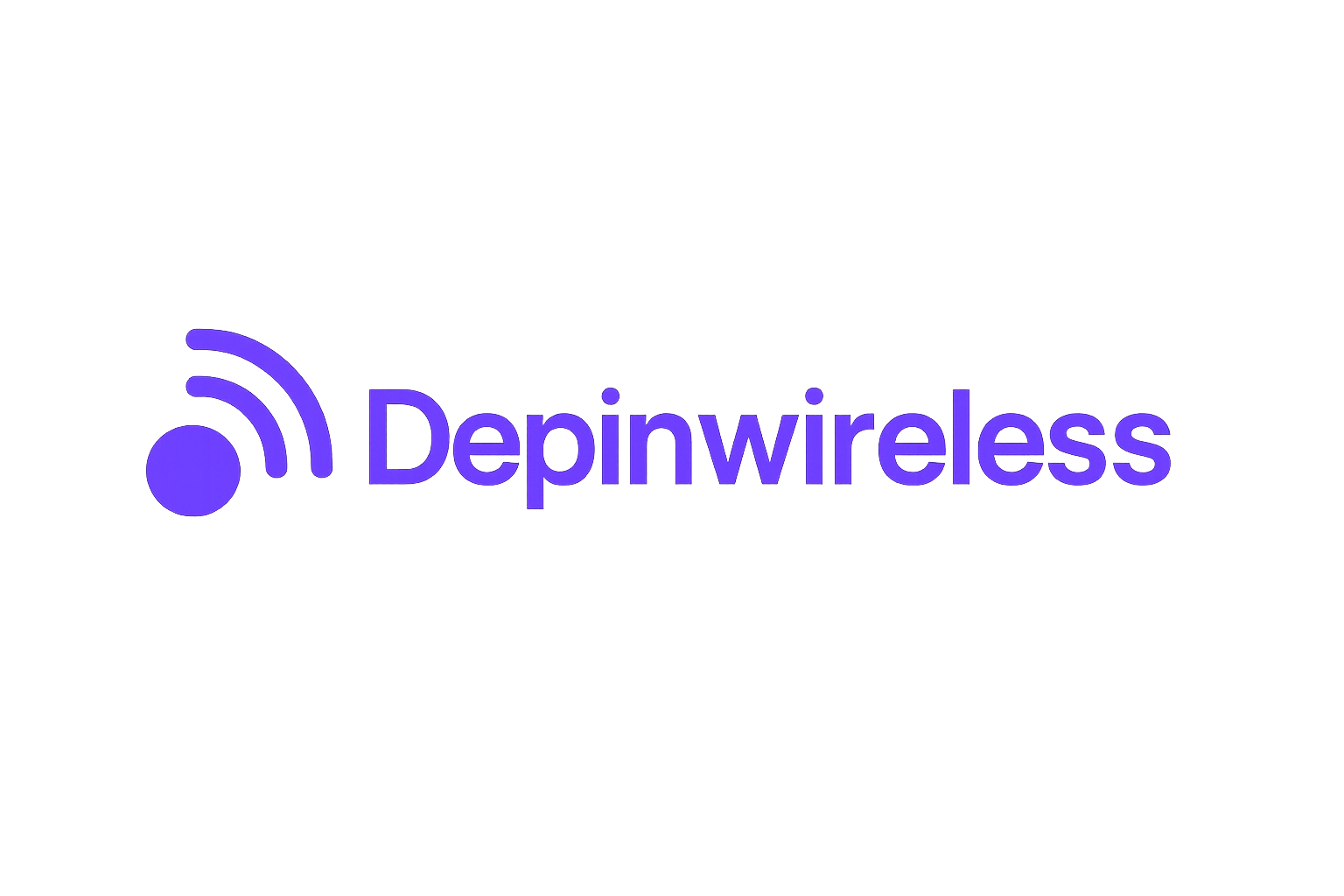
Helium’s journey from an IoT-centric blockchain project to the vanguard of decentralized 5G networks has been nothing short of transformative. In April 2023, the Helium Network migrated to Solana after an emphatic 81% community vote (HIP-70), signaling a bold new chapter for decentralized wireless infrastructure. This move was not just a technical upgrade; it was a strategic pivot to harness Solana’s high throughput, low fees, and robust developer ecosystem, all while addressing the scalability demands of real-world mobile data offload and IoT connectivity at global scale.
Why Helium Chose Solana: Scalability Meets Real-World Utility
The migration to Solana was driven by necessity. As Helium’s network expanded, its original Layer-1 struggled with congestion and rising transaction costs. Solana provided the answer with sub-second finality and negligible fees, enabling Helium to process massive volumes of microtransactions without friction. By Q4 2024, Helium had offloaded more than 576 terabytes of carrier data, an astonishing 555% quarter-over-quarter increase: demonstrating that decentralized 5G is not a theoretical exercise but a functioning backbone for real-world mobile carriers.
This technical leap also unlocked new opportunities for developers and hardware integrators. With Solana as its execution layer, Helium can now scale its physical infrastructure faster and more efficiently than ever before. For a detailed breakdown of how this migration is enabling over 1.5 million daily phone connections via Solana-backed hotspots, see this case study.
The Return to Simplicity: HIP 138 and Single Tokenomics
Parallel to its blockchain migration, Helium undertook another radical simplification: consolidating its multi-token model into a single-token system centered on HNT. With the passage of HIP 138 in January 2025, emissions for IOT and MOBILE tokens ceased entirely, making HNT the sole reward token across all networks.
This move was far from cosmetic. The proliferation of multiple tokens had created confusion among users and complicated governance for hotspot operators. By returning to HNT as the universal incentive mechanism, Helium has restored economic clarity, an essential ingredient for long-term sustainability in DePIN tokenomics.
The network’s economic flywheel is now easier to understand: contribute coverage or data transmission to any supported network (IoT or Mobile), earn HNT directly. This streamlined approach is already having measurable effects on operator retention and capital allocation within the ecosystem.
Decentralized Wireless Networks at Scale: Metrics That Matter
The results speak for themselves. By October 2025, Helium Mobile’s subscriber base had surged past 124,000 users, reflecting both heightened consumer trust and tangible utility in the decentralized wireless model. The market has responded accordingly; as of today, Helium (HNT) trades at $1.90, up $0.10 ( and 0.0556%) over the last 24 hours (24h high: $1.95; low: $1.79). These are not speculative numbers, they represent real adoption in partnership with major US carriers such as AT and T.
This growth is not merely about user counts or data volumes, it is about building resilient alternatives to legacy telecom infrastructure by leveraging blockchain efficiencies and open participation models.
Helium (HNT) Price Prediction 2026-2031 Post-HIP 138 Adoption
Forecasts reflect Helium’s migration to Solana, single-tokenomics (HIP 138), and evolving decentralized 5G landscape.
| Year | Minimum Price | Average Price | Maximum Price | Year-over-Year Change (Avg) | Notable Scenario |
|---|---|---|---|---|---|
| 2026 | $1.40 | $2.10 | $3.20 | +10% | Continued growth in 5G adoption; early regulatory clarity |
| 2027 | $1.25 | $2.35 | $4.10 | +12% | Mobile subscriber growth accelerates; Solana stability boosts confidence |
| 2028 | $1.10 | $2.80 | $5.50 | +19% | Global expansion; partnerships with major carriers |
| 2029 | $1.35 | $3.40 | $7.20 | +21% | DePIN sector gains mainstream attention; increased HNT utility |
| 2030 | $1.60 | $4.15 | $9.30 | +22% | Decentralized 5G market matures; Helium faces new competition |
| 2031 | $2.00 | $5.00 | $11.80 | +20% | Widespread adoption of decentralized wireless; regulatory tailwinds |
Price Prediction Summary
Helium (HNT) is positioned for steady, progressive growth following its migration to Solana and the adoption of a unified tokenomics model under HIP 138. The price outlook reflects both bullish and bearish scenarios, accounting for market cycles, regulatory shifts, and technological adoption. While short-term volatility is expected, especially amid broader crypto market cycles and competition, HNT’s role as a backbone of decentralized 5G infrastructure is likely to drive long-term value. Average prices show a logical upward trajectory, with major upside potential if Helium maintains network growth and adoption momentum.
Key Factors Affecting Helium Price
- Successful scaling and user adoption of Helium’s decentralized 5G network
- Sustained growth in Helium Mobile subscribers and data offload volumes
- Integration with Solana’s ecosystem and technological improvements
- Clarity and favorability of global crypto and telecom regulations
- Competition from other DePIN and Web3 infrastructure projects
- Potential for new partnerships and enterprise use cases
- General macroeconomic and crypto market conditions
Disclaimer: Cryptocurrency price predictions are speculative and based on current market analysis.
Actual prices may vary significantly due to market volatility, regulatory changes, and other factors.
Always do your own research before making investment decisions.
The Road Ahead: What Industry Leaders Are Watching
The confluence of Solana-grade scalability with unified tokenomics positions Helium as a bellwether for the next wave of DePIN innovation, not just in urban connectivity but also in smart cities and industrial IoT deployments (see more on IoT transformation here). As we move deeper into 2025, all eyes are on how these foundational changes will shape capital flows into decentralized wireless infrastructure, and whether other networks will follow suit.
While Helium’s technical and economic pivots are already bearing fruit, the true test will be in how these changes catalyze broader ecosystem participation and foster sustainable growth. The single-token model, anchored by HNT, is more than a simplification, it creates a unified incentive structure that aligns the interests of hardware operators, developers, and end-users. This clarity is crucial for onboarding new participants at scale, especially as the network eyes expansion into international markets and new verticals.

Industry observers note that Helium’s success is not only about technology or tokenomics, it’s about proving that decentralized wireless networks can operate at carrier-grade performance while maintaining open access. The 555% quarter-over-quarter data offload increase demonstrates that large-scale deployments are viable when paired with robust blockchain infrastructure. As more devices and users connect to the Helium network daily, the feedback loop between coverage quality and HNT rewards becomes increasingly powerful.
Governance and Community: Decentralization in Action
The passage of HIP 138 was not a top-down mandate but a reflection of strong community consensus, an 81% approval rate underscores a shared vision for simplicity and sustainability. This commitment to decentralized governance is one reason why Helium continues to attract both grassroots operators and institutional partners. As decision-making remains transparent and participatory, confidence in the network’s long-term direction grows.
Key Advantages of Unified HNT Tokenomics for Hotspot Operators
-
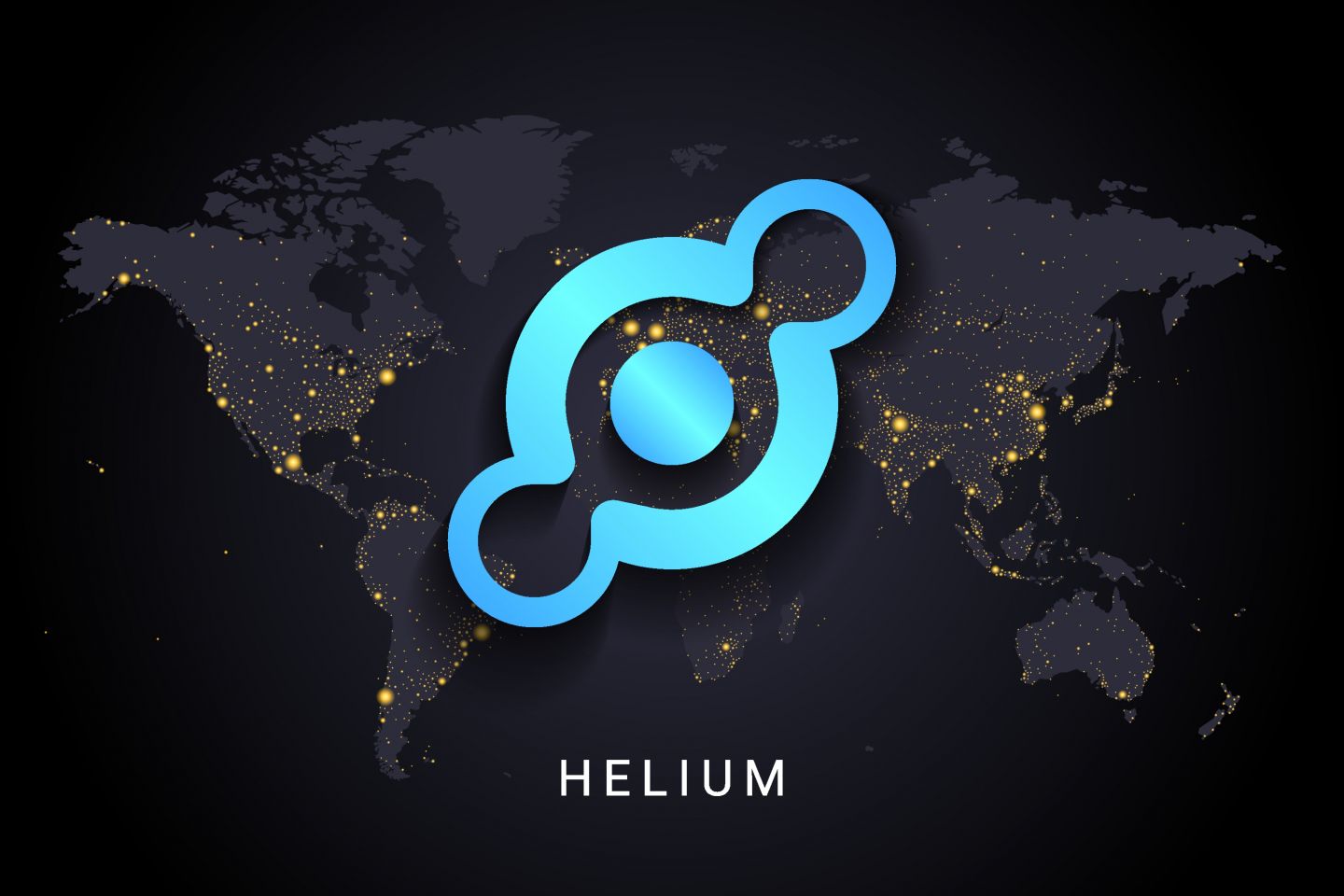
Simplified Rewards System: Operators now earn only HNT for all network contributions, eliminating confusion from multiple tokens and making earnings more predictable.
-
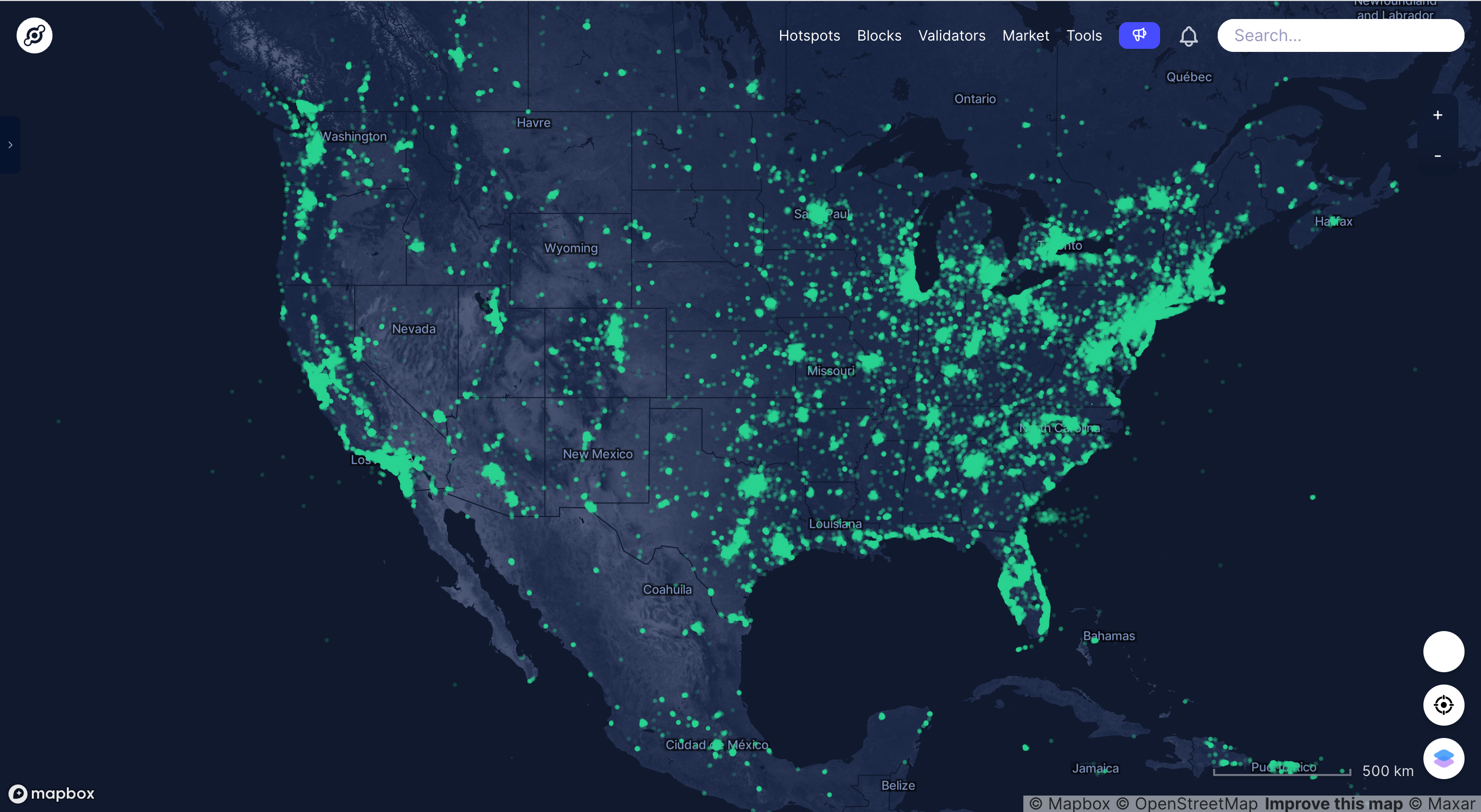
Increased HNT Utility: With HNT as the sole reward token, demand and utility for HNT have grown across both IoT and 5G networks, supporting a healthier ecosystem.
-
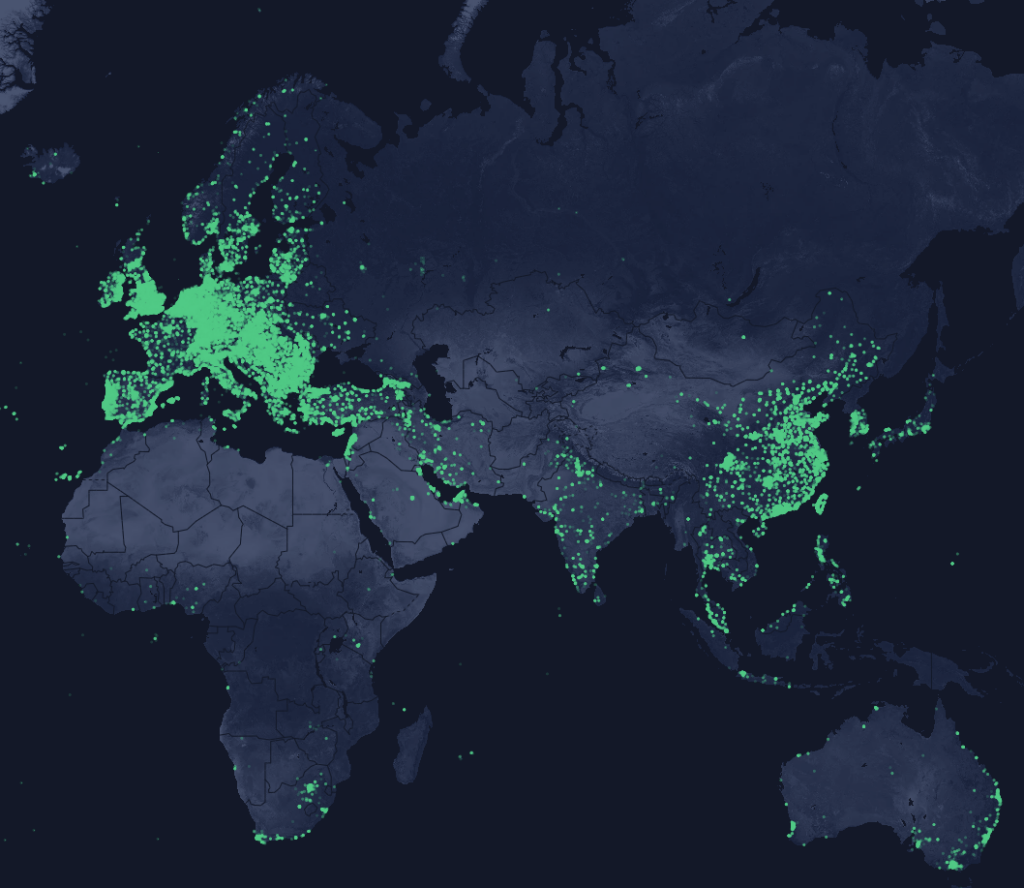
Streamlined Governance: Decision-making and governance are more transparent and efficient, as all stakeholders focus on a single token economy rather than juggling multiple token interests.
-
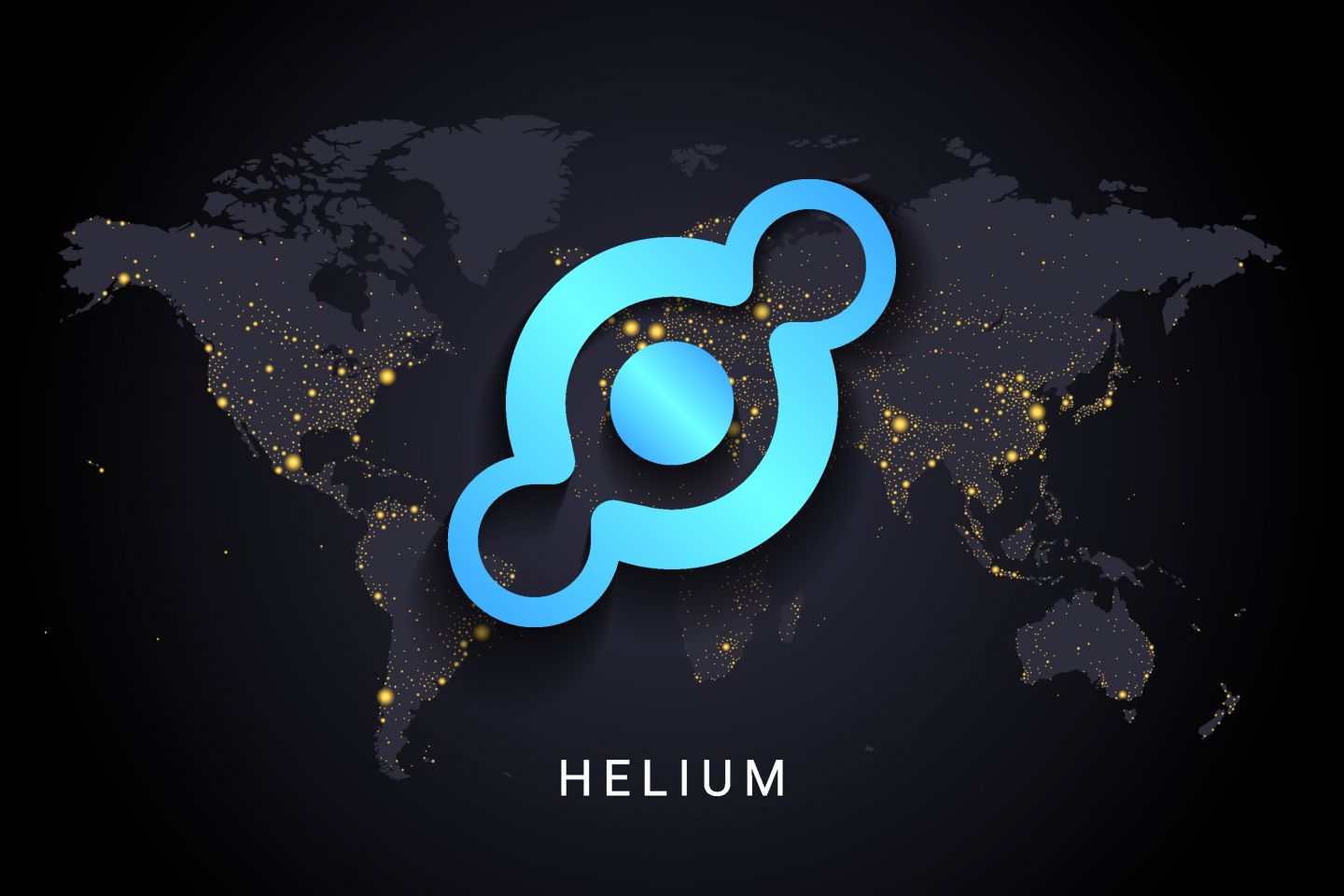
Enhanced Economic Efficiency: Consolidating rewards into HNT reduces fragmentation and boosts liquidity, making it easier for operators to manage and trade their earnings.
-

Improved Network Sustainability: The unified model supports long-term growth by aligning incentives and simplifying onboarding for new operators, strengthening the decentralized 5G network.
For those operating hotspots or considering entering the ecosystem, the single-token model reduces complexity around staking, rewards forecasting, and liquidity management. It also enhances HNT’s utility beyond simple speculation: as adoption grows, so too does demand for real-world usage, fueling organic price discovery rather than artificial inflation.
Strategically, Helium’s AT and T partnership signals mainstream validation of decentralized wireless models. It also sets a precedent for how traditional telecom players might leverage DePIN infrastructure to reduce costs and improve service delivery without ceding control to centralized intermediaries. This hybrid approach could become a blueprint for other carriers globally.
Looking Forward: What Comes Next for Decentralized 5G?
As we approach 2026, several critical questions remain: Will other decentralized wireless projects adopt similar single-token models? Can Helium maintain its momentum as competition intensifies? And how will regulatory frameworks adapt to an industry where infrastructure is both open-source and profit-driven?
What is clear is that Helium’s migration to Solana and its embrace of unified tokenomics have redefined what is possible in blockchain-powered connectivity. The network has proven it can scale rapidly while delivering tangible value to users, a bar few DePIN projects have cleared so far. For investors and operators alike, monitoring metrics like active subscriber counts, data offload volumes, and HNT market performance will be key indicators of ongoing health.
The coming year will likely see further integrations with IoT platforms, expanded partnerships with mobile carriers, and continued refinement of governance processes, all underpinned by an unwavering focus on decentralization. For those seeking exposure to the next generation of wireless infrastructure, and a front-row seat as blockchain reshapes telecom, Helium remains one of the most compelling experiments in the space.
